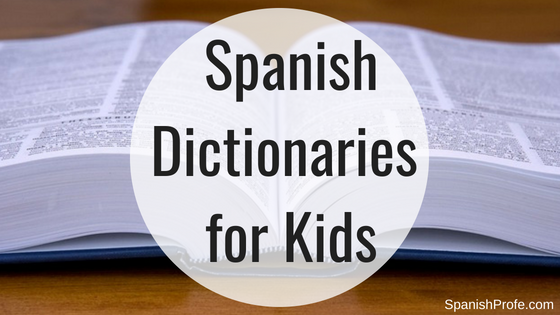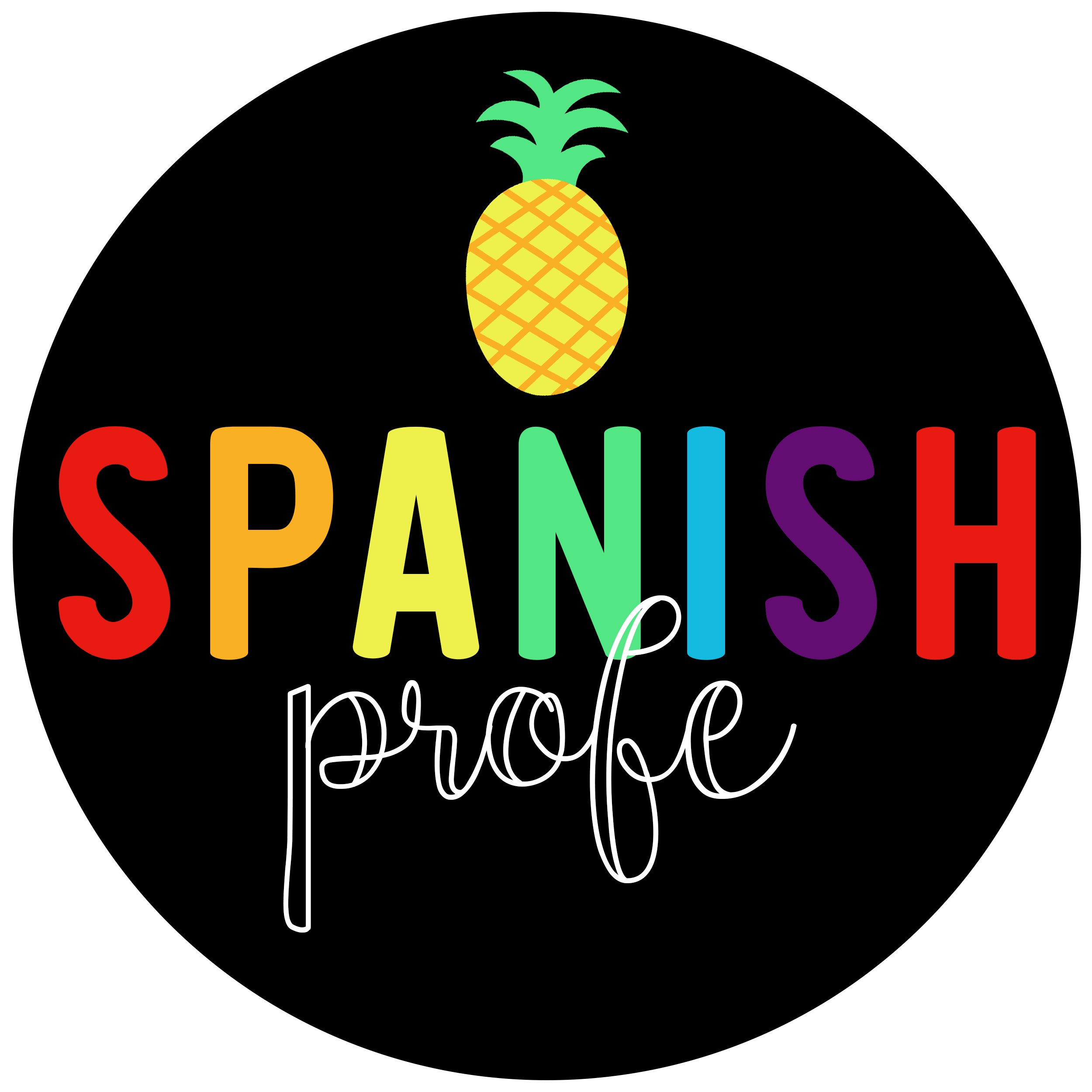Incorporating Spanish Dictionaries into your classroom can yield great benefits. I have heard lots of bilingual teachers express that their kids don’t use dictionaries or they don’t find them useful- I, however, have had great experiences with dictionaries in class.
In my Spanish immersion classroom, we use three different Spanish dictionaries on a regular basis. The first two are the in color and the kids love them. I use these Spanish dictionaries at a writing center and sometimes I have students that need extra support or sometimes even the high flyers use them– just in a different way.
In the Spanish dictionaries (one alphabet themed and one dictionary sorted by themes) I have kids do a variety of writing activities. For students that need extra support, I give them a sentence stem-like (______ es azul. ______ es grande. Hay _______ en el parque. Yo tengo un ______.) I have students go through the picture dictionary and look for words that they could use (or copy) and use the same Spanish sentence stem on each line and then draw a picture to represent their sentences.
For the themed picture dictionary, I have students write a story about the zoo, summer, school, etc. I encourage them to use words from the themed picture dictionary in their story.
Each kid also has a personal picture dictionary (black/white( in Spanish that they keep in their writing folder. This dictionary has half of each page filled with pictures and the other half with lines. When students ask me a word, I have them write it in their dictionary.
Before having students use the dictionaries during writer’s workshop we talk about how to use it. What is the dictionary, how to use it, what kind of words to write in their personal dictionary, etc. I also model how to use their personal picture dictionary when I confer with students during writer’s workshop.
To ensure that the kids in your class get the most out of their Spanish dictionaries it is important to:
1. Remind them to use it
2. Refer to it often, so it becomes a habit
3. Show them the importance of “looking up words” and keeping track of the words they use often.
If you have a large budget available and would rather purchase Spanish dictionaries rather than assemble your own (or have them available in addition to the others) than these are some good choices for kids:
1. Spanish-English Picture Dictionary
2. Oxford Picture Dictionary for Kids (English/Spanish)
3. DK First Picture Dictionary (Spanish)
Picture dictionaries in Spanish are great tools for kids to use in the classroom. It helps students develop the skill to look something up, use something as a reference and can act as a tool to increase their Spanish vocabulary.













